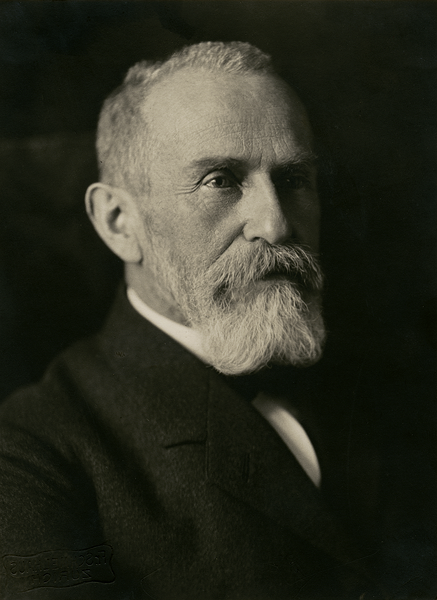|
Sofie Madsen
Maren Sofie Madsen (30 December 1897, Meløse—9 February 1982, Roskilde) was a Danish teacher and school principal who is remembered for her pioneering work with autistic children. After succeeding in improving contact with a few children considered to be difficult, by the mid-1920s she was able to care for six children in a dedicated school building near Roskilde. In 1941, she acquired larger premises for what in 1947 was recognized as an independent institution known as Himmelev Bornehjem (Himmelev Children's Home). By 1967 when she turned 70, the school had provided an education for 300 children who were able to lead normal lives. In 1961, her efforts were recognized by the Landsforeningen for Mentalhygiejne (Mental Hygiene Association) who awarded her their Antonius Prize. In 1956, Madsen published ''Hvad børnene lærte mig'' (What the Children Taught Me) followed by two other works documenting her experiences. Early life and education Born on 30 December 1897 in the littl ... [...More Info...] [...Related Items...] OR: [Wikipedia] [Google] [Baidu] |
Bagsværd
Bagsværd () is a middle-class suburb located approximately 12 km northwest of central Copenhagen, in the Gladsaxe Municipality. Bagsværd houses the headquarters of Danish pharmaceuticals, pharmaceutical company Novo Nordisk and biotechnology company Novozymes, Novonesis. Landmarks The town center is recognizable by the Bagsværd Towers, two high-rise apartment blocks. Bagsværd Church, designed by Jørn Utzon, is a contemporary church, known for its rounded interior vaulting and the lighting effects of its skylights. Education Established in 1908, the Bagsværd Kostskole og Gymnasium, Bagsværd Boarding School is located in Bagsværd. Transport Bagsværd is served by Bagsværd railway station, located in the central part of the suburb a short distance from its main artery Bagsværd Hovedgade. The station is situated on the Hareskov Line, Farum radial of S-train (Copenhagen), Copenhagen's S-train network, a hybrid commuter rail and rapid transit system serving Greater Co ... [...More Info...] [...Related Items...] OR: [Wikipedia] [Google] [Baidu] |
History Of Autism
The history of autism spans over a century; autism has been subject to varying treatments, being pathologized or being viewed as a beneficial part of human neurodiversity. The understanding of autism has been shaped by cultural, scientific, and societal factors, and its perception and treatment change over time as scientific understanding of autism develops. The term ''autism'' was first introduced by Eugen Bleuler in his description of schizophrenia in 1911. The diagnosis of schizophrenia was broader than its modern equivalent; autistic children were often diagnosed with childhood schizophrenia. The earliest research that focused on children who would today be considered autistic was conducted by Grunya Sukhareva starting in the 1920s. In the 1930s and 1940s, Hans Asperger and Leo Kanner described two related syndromes, later termed infantile autism and Asperger syndrome. Kanner thought that the condition he had described might be distinct from schizophrenia, and in the follo ... [...More Info...] [...Related Items...] OR: [Wikipedia] [Google] [Baidu] |

